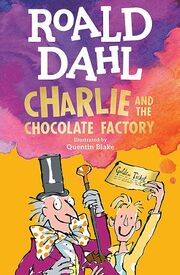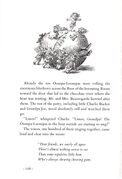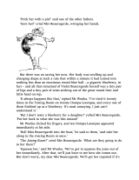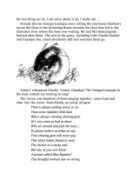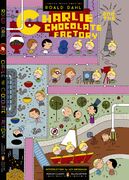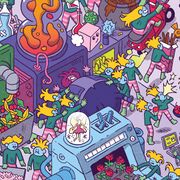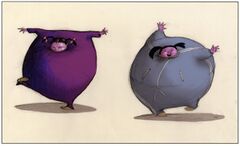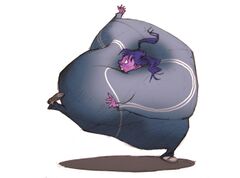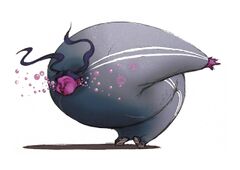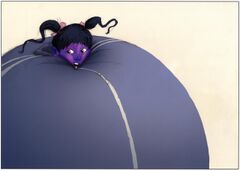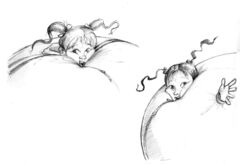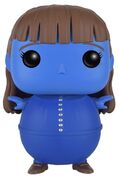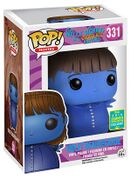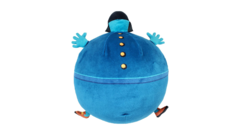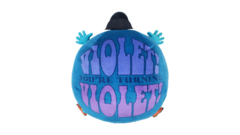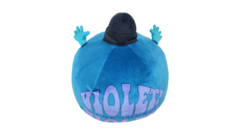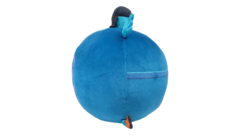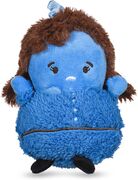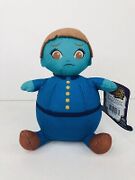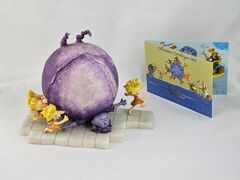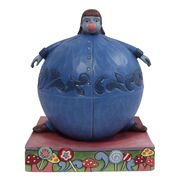Difference between revisions of "Charlie and the Chocolate Factory"
ABigFatHippo (talk | contribs) (→Merchandise) |
|||
| Line 16: | Line 16: | ||
File:Charlie-and-the-Chocolate-Factory-96.jpg | File:Charlie-and-the-Chocolate-Factory-96.jpg | ||
File:Charlie-and-the-Chocolate-Factory-97.jpg | File:Charlie-and-the-Chocolate-Factory-97.jpg | ||
| + | </gallery> | ||
| + | |||
| + | ===Penguin Classics Deluxe Edition cover by Ivan Brunetti=== | ||
| + | <gallery> | ||
| + | File:Ct9JAxgXEAE5TKL.jpg | ||
</gallery> | </gallery> | ||
Revision as of 01:17, 26 October 2023
Charlie and the Chocolate Factory is a children's novel written by Roald Dahl. First released in 1964, it is considered Dahl's most well-known work. It takes inspiration from his experience with chocolate companies and has been adapted into films, theater plays, and other mediums. There is also a sequel book titled Charlie and the Great Glass Elevator.
Charlie Bucket, a nice boy from a poor family, is told about a contest held by the eccentric chocolatier Willy Wonka. Wonka has hidden five golden tickets in his chocolate bars, and whoever finds them will get to go on a tour of his candy factory, which is usually secretive. Charlie luckily acquires the final ticket, with the other four claimed by unpleasant children: gluttonous Augustus Gloop, compulsive gum-chewer Violet Beauregade, spoiled-rotten Veruca Salt, and television-addicted Mike Teavee. When they all tour the whimsical factory, they are met by many surprises.
Contents
Books
In Chapter 21, "Good-bye Violet," Violet chews Wonka's experimental three-course dinner gum despite being told not to. When she gets to the blueberry pie dessert portion, she turns blue and swells with juice, essentially becoming a giant blueberry. She is dejuiced later but retains her new color.
